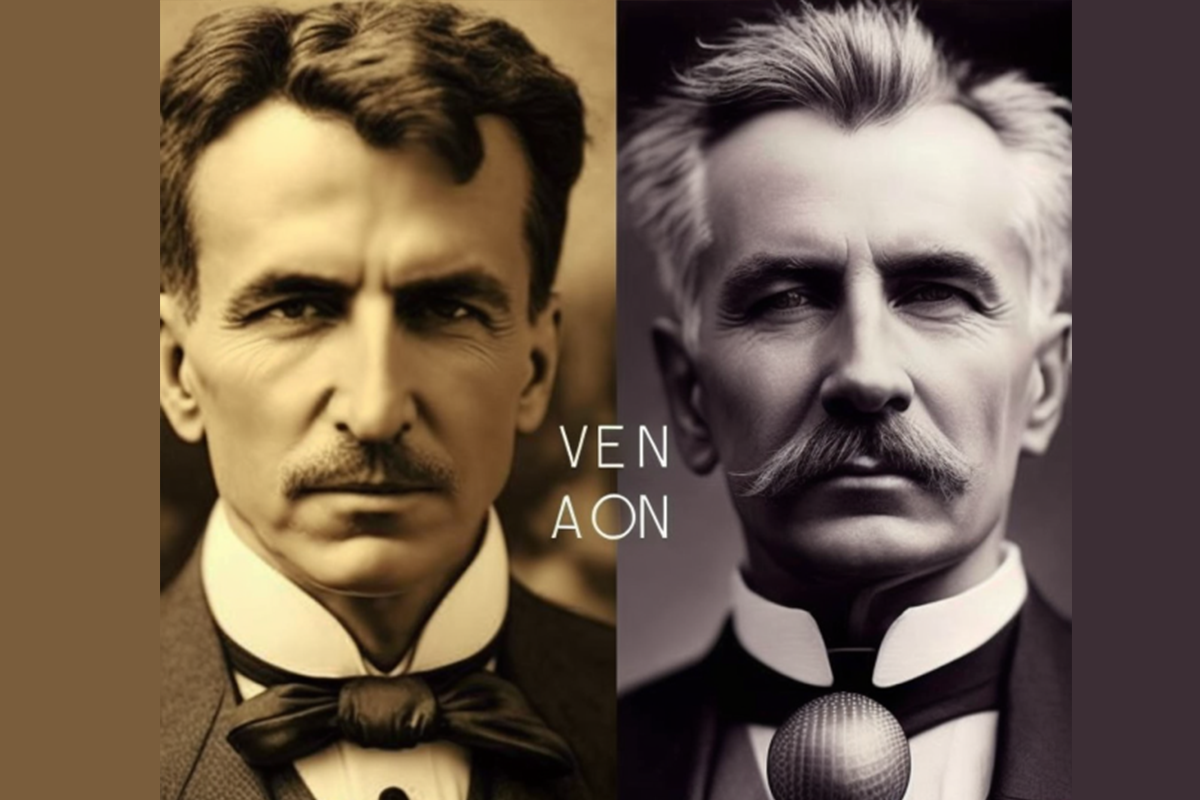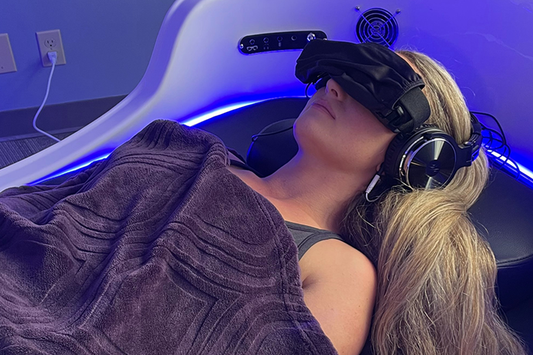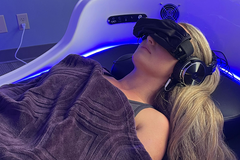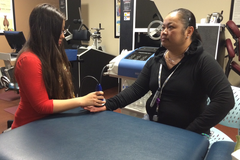
The War of Currents: How Tesla's AC Electricity Revolutionized the Electrical Industry and Trumped Edison's DC
Tesla was born in what is now Croatia in 1856, and after studying engineering and physics, he immigrated to the United States in 1884. He quickly found work with the inventor and businessman Thomas Edison, who was already a household name thanks to his invention of the phonograph.
Tesla's work with Edison didn't last long, however, as the two men had very different ideas about how to approach innovation. Edison was a staunch advocate of direct current (DC) electricity, while Tesla was a proponent of alternating current (AC) electricity. Edison argued that DC was safer and more reliable, while Tesla believed that AC was more efficient and could be transmitted over greater distances.
Their disagreement over this issue eventually led to a falling out between the two men, and Tesla left Edison's employ to strike out on his own. He founded the Tesla Electric Company in 1887 and began developing a number of groundbreaking inventions, including the Tesla coil, which is still used today in radio and television technology.
Meanwhile, Edison was busy building his own empire. He had established the Edison Electric Light Company in 1878, which later became known as General Electric. He continued to advocate for DC electricity, and his company held a monopoly on the market for a time.
Tesla and Edison's rivalry came to a head in what became known as the "War of Currents." Edison launched a smear campaign against AC electricity, claiming that it was dangerous and could cause death by electrocution. He even went so far as to publicly electrocute animals with AC power to demonstrate its supposed dangers.
Despite Edison's efforts, however, AC electricity eventually won out. Tesla's inventions and ideas helped revolutionize the way we use and transmit electricity, and AC became the dominant form of electrical power in the United States.
So where does JP Morgan come in? Well, in 1895, Tesla was introduced to the wealthy financier JP Morgan, who saw the potential in Tesla's work and agreed to invest in the inventor's projects. Tesla began work on a number of ambitious projects, including wireless communication and free energy, but unfortunately, Morgan eventually lost faith in Tesla's ideas and withdrew his support.
Without Morgan's financial backing, Tesla struggled to stay afloat. He had a number of failed projects and business ventures, and he ultimately died in relative obscurity in 1943.
Today, however, Tesla is celebrated as a visionary inventor and a pioneer in the field of electrical engineering. His ideas and inventions continue to shape our world, and his legacy serves as a reminder of the importance of innovation and creative thinking.











